The true stories behind ancient monuments that were destroyed
Ancient architecture offers a fascinating glimpse into the ingenuity and creativity of past civilizations. These structures not only served practical purposes but also reflected the cultural and religious values of their time.
Throughout history, many of these architectural wonders have been lost due to natural disasters, wars, and the passage of time, leaving behind intriguing mysteries and stories.
The Colossus of Rhodes: A Giant’s Fall

Standing at approximately 33 meters (108 feet) tall, the Colossus of Rhodes was one of the tallest statues of the ancient world. Constructed to celebrate Rhodes’ victorious defense against Demetrius I of Macedon in 304 BC, this bronze giant was toppled by an earthquake in 226 BC.
Despite its destruction, the Colossus remains a symbol of ancient engineering prowess and the enduring spirit of the people of Rhodes.
The Temple of Artemis: A Monument to Greek Grandeur
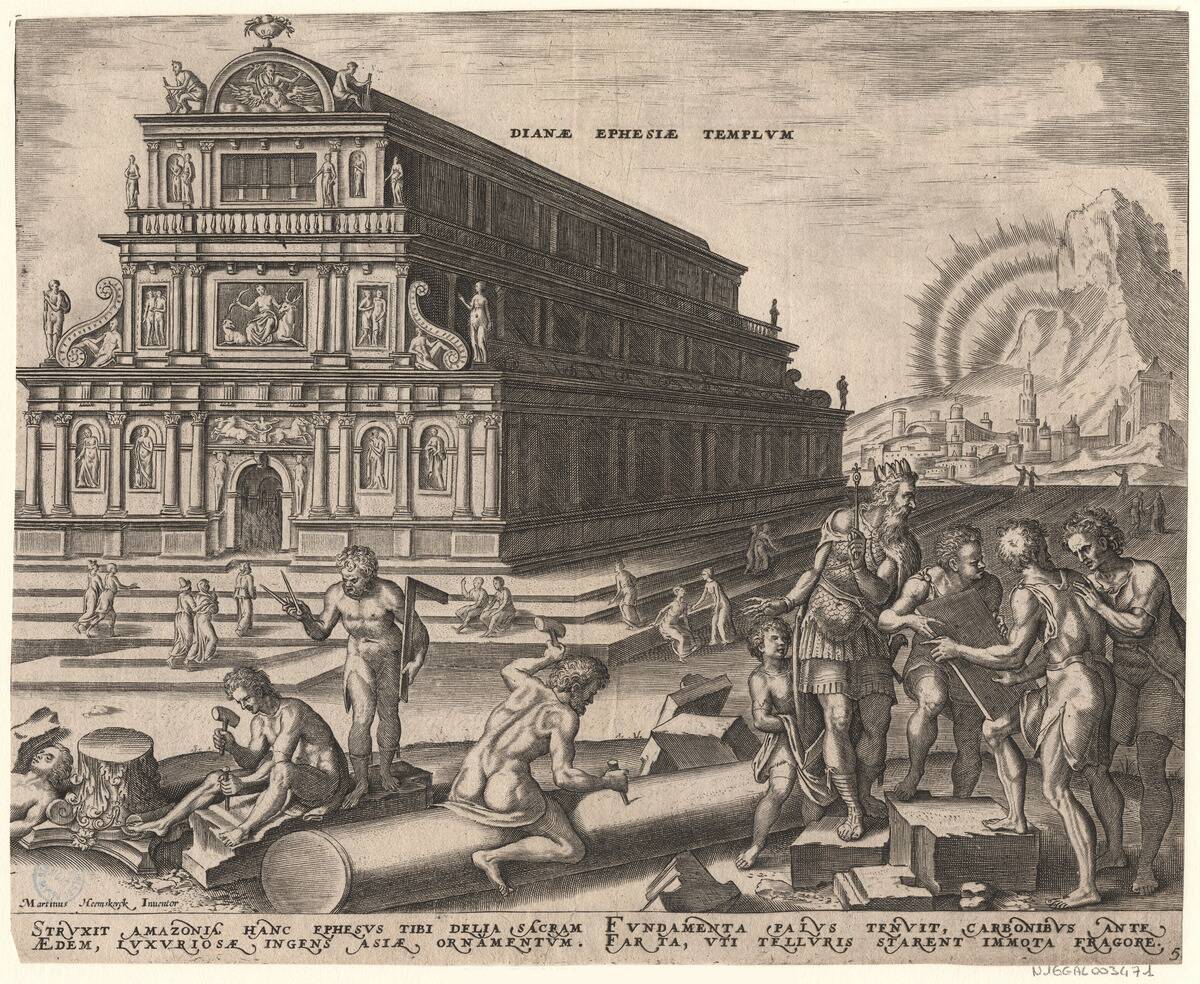
The Temple of Artemis in Ephesus was one of the Seven Wonders of the Ancient World, renowned for its grandeur and artistic detail. Built around 550 BC, it was an impressive sanctuary dedicated to the goddess Artemis.
Sadly, this magnificent temple was destroyed by invading Goths in 268 AD, leaving only its foundations and a single column standing today. That actually marked the third time the temple was destroyed, as the previous two versions had been wrecked by a flood and an arsonist, respectively.
The Lighthouse of Alexandria: A Beacon of Ancient Ingenuity

The Lighthouse of Alexandria, also known as the Pharos of Alexandria, was a marvel of ancient engineering. Built on the island of Pharos in the 3rd century BC, it guided sailors safely into the bustling port of Alexandria.
Standing over 100 meters (330 feet) tall, it was one of the tallest man-made structures of its time, until earthquakes led to its gradual demise between the 12th and 15th centuries.
The Hanging Gardens of Babylon: A Mythical Marvel
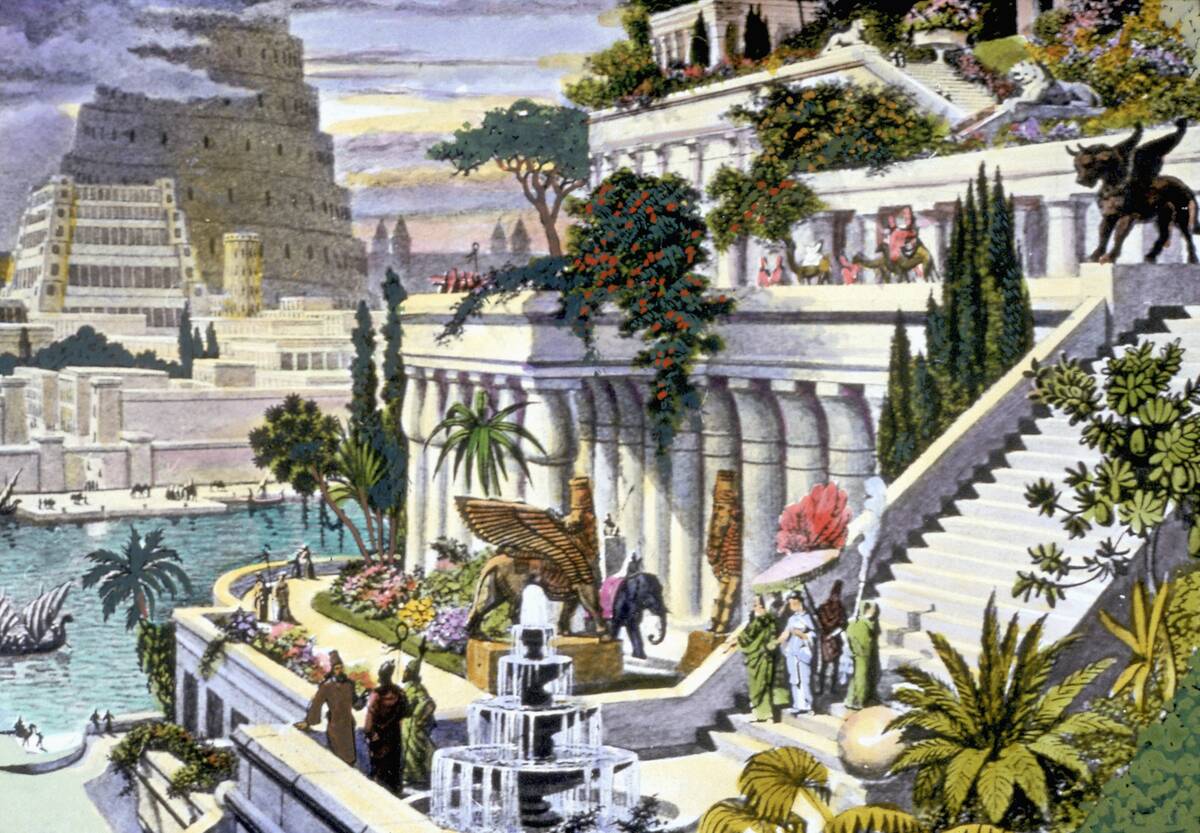
The Hanging Gardens of Babylon are shrouded in mystery, as no concrete evidence of their existence has been found.
Described as a series of tiered gardens built by King Nebuchadnezzar II for his homesick wife, Amytis, they were said to be an oasis in the arid landscape of ancient Mesopotamia. Whether fact or fable, the Hanging Gardens continue to captivate imaginations worldwide.
The Statue of Zeus at Olympia: A Divine Loss
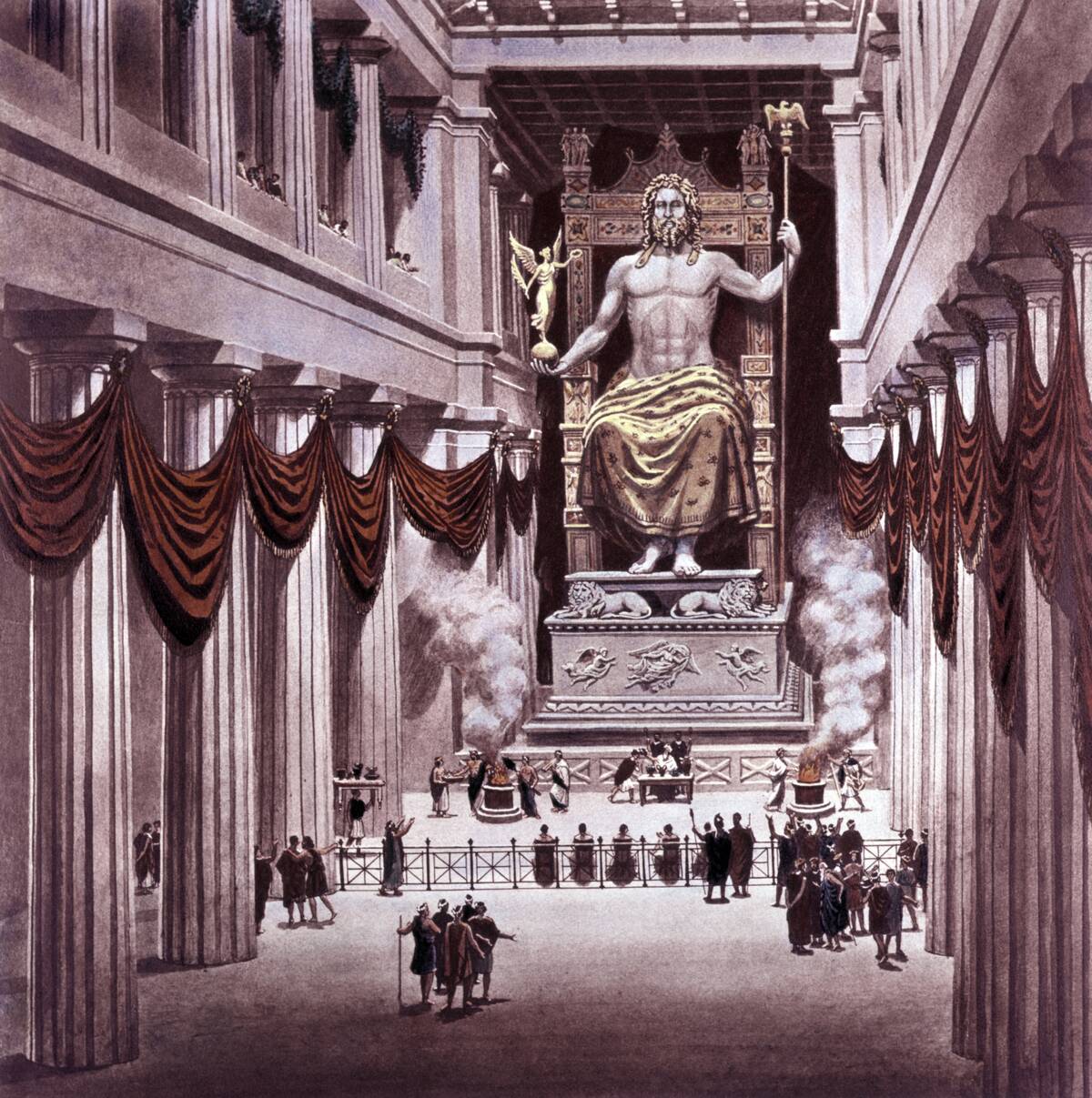
The Statue of Zeus at Olympia was a monumental depiction of the king of the Greek gods, crafted by the renowned sculptor Phidias around 435 BC.
Standing at 12 meters (41 feet) tall, this gold and ivory statue was a testament to artistic excellence. Unfortunately, it was lost to history, potentially destroyed in a fire in the 5th century AD, leaving only descriptions and a few coins as evidence of its grandeur.
The Mausoleum at Halicarnassus: A Tomb Fit for a King

Constructed as a tomb for Mausolus, a satrap (or governor) of the Persian Empire, the Mausoleum at Halicarnassus was an architectural masterpiece. Completed around 351 BC, its impressive design and scale made it one of the Seven Wonders of the Ancient World.
Earthquakes and looting eventually led to its destruction, but its legacy lives on in the term “mausoleum” used for grand tombs.
The Library of Alexandria: A Treasure Trove of Knowledge

The Library of Alexandria was a beacon of knowledge and learning in the ancient world. Founded in the 3rd century BC, it housed thousands of scrolls covering a vast array of subjects.
Despite its destruction — with the majority of the complex likely being destroyed by fire during Julius Caesar’s siege of Alexandria in 48 BC — it remains a symbol of the relentless quest for knowledge and intellectual achievement.
The Bamiyan Buddhas: An Artistic Tragedy
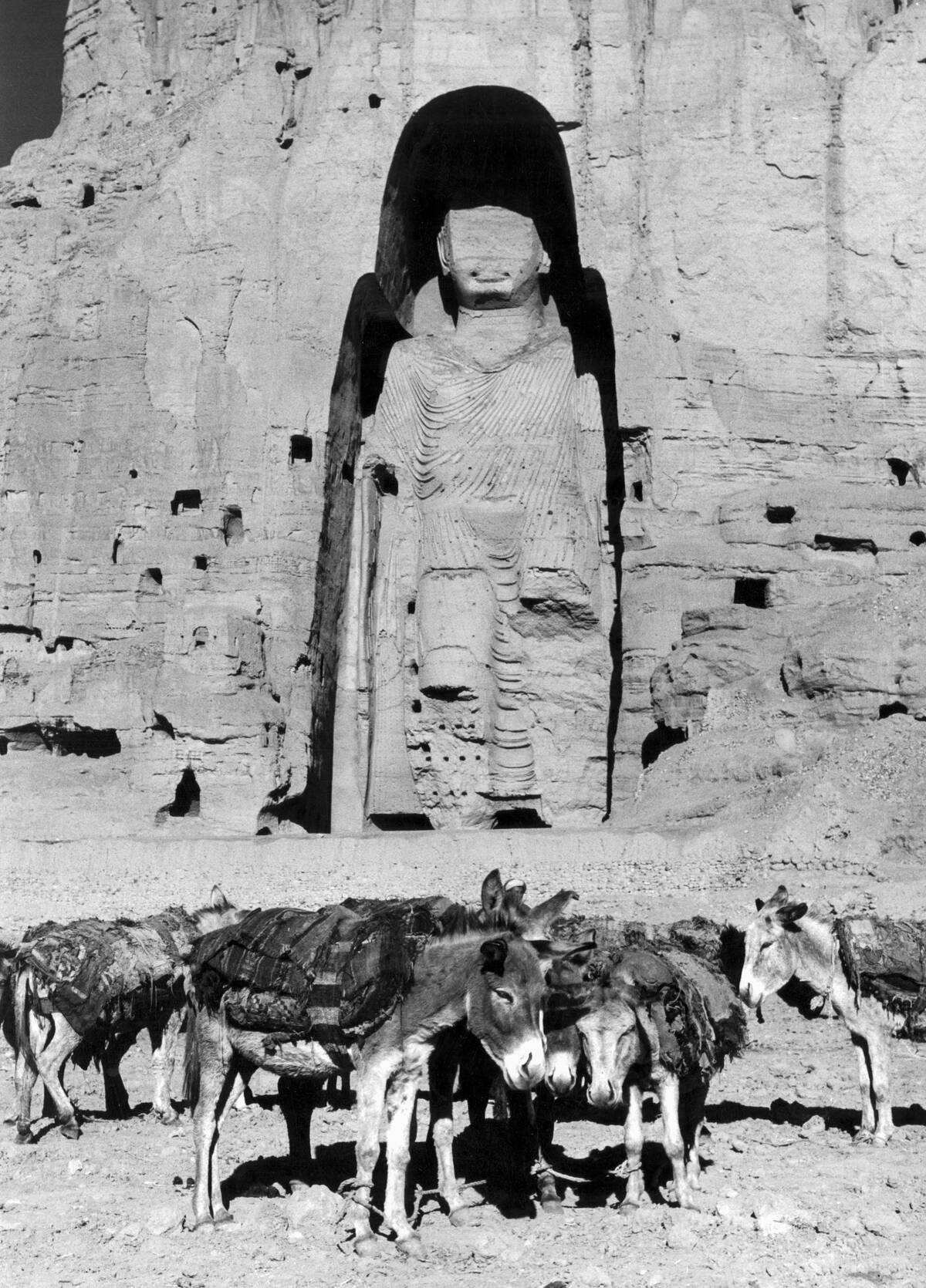
The Bamiyan Buddhas, carved into the cliffs of central Afghanistan, were monumental statues that stood as symbols of Buddhist culture.
Dating back to the 6th century AD, they were tragically destroyed by the Taliban in 2001, sparking international outrage. Their loss is not only cultural but also a poignant reminder of the vulnerability of heritage in conflict zones.
The Temple of Bel in Palmyra: A Cultural Catastrophe
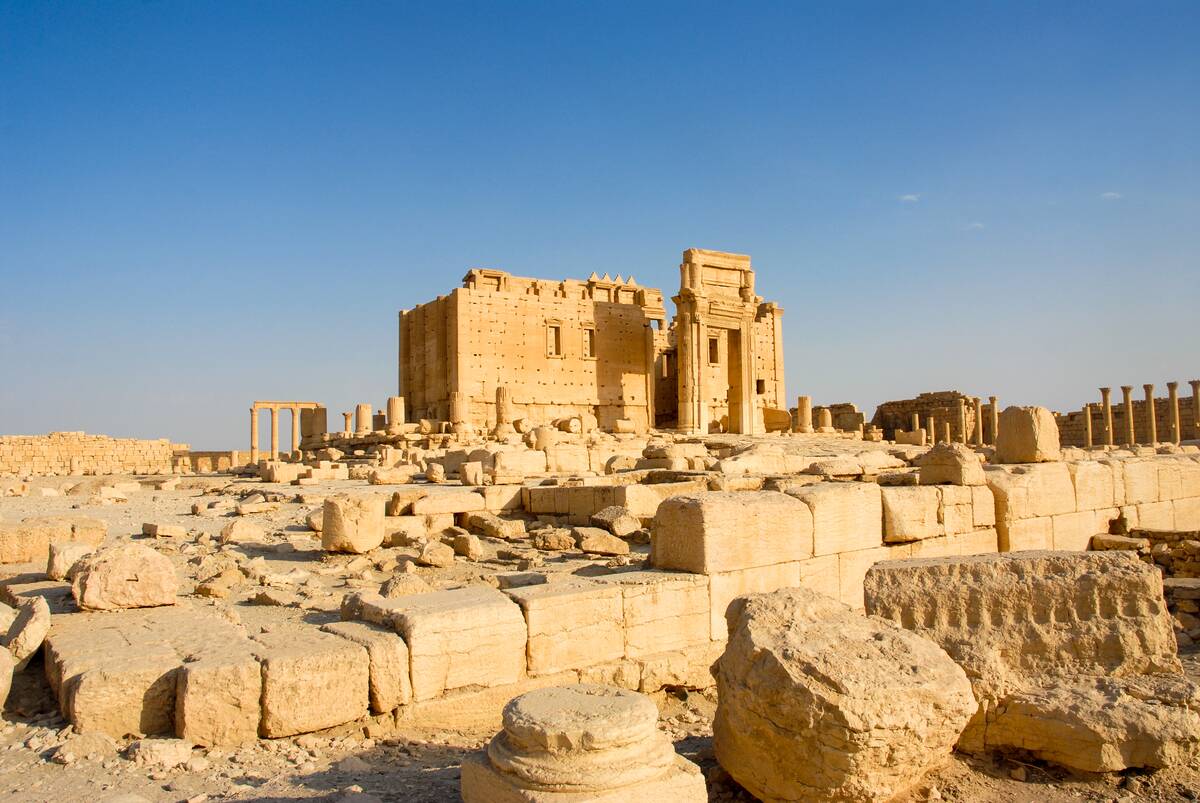
The Temple of Bel, located in the ancient city of Palmyra, was a testament to the synthesis of Greek, Roman, and Middle Eastern architectural styles.
Built in the 1st century AD, it served as a religious sanctuary for centuries. Sadly, it was largely destroyed by ISIS in 2015, highlighting the ongoing threats to cultural heritage in war-torn regions.
The Nimrud Palace: A Royal Residence in Ruins
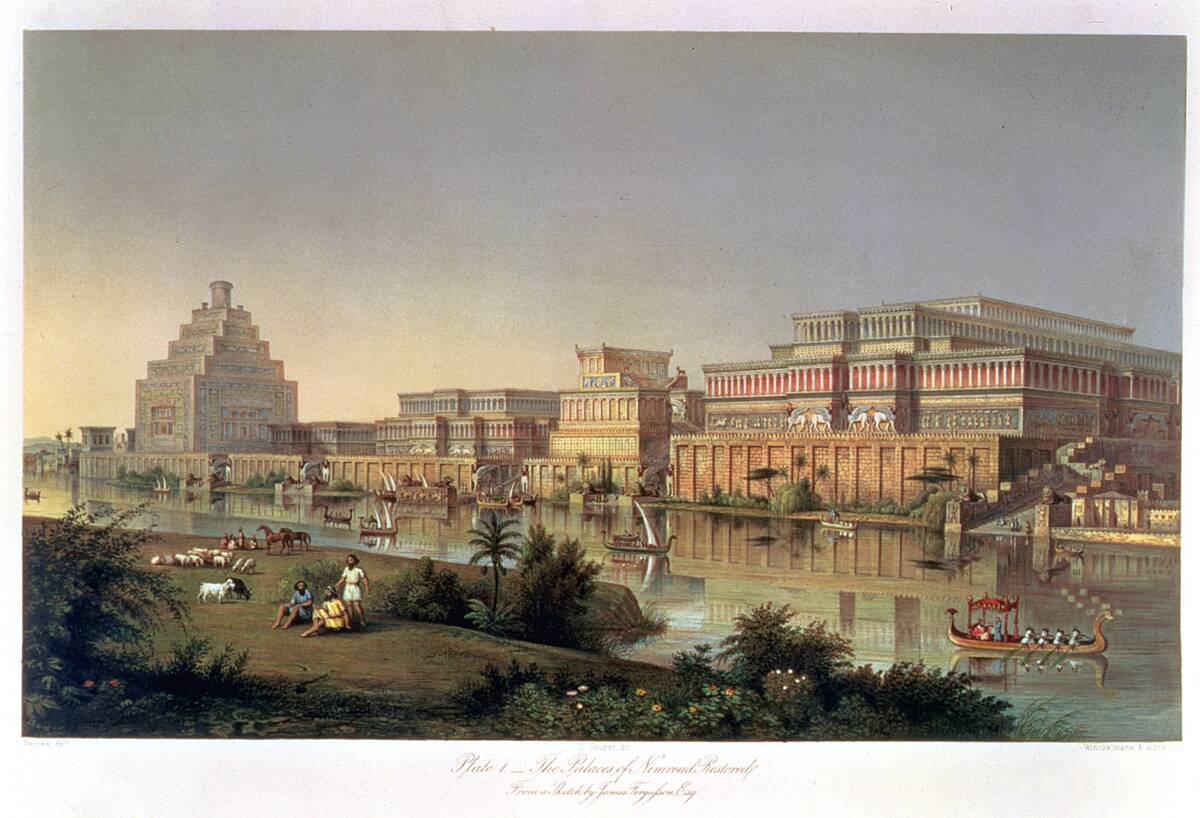
The Nimrud Palace, part of the ancient Assyrian city of Nimrud, was a grand royal residence adorned with intricate reliefs and sculptures.
Built by King Ashurnasirpal II in the 9th century BC, it was a center of power and culture. In recent years, it suffered severe damage from looting and destruction by ISIS, resulting in the loss of irreplaceable historical artifacts.
The Destruction of Carthage: The City That Defied Rome
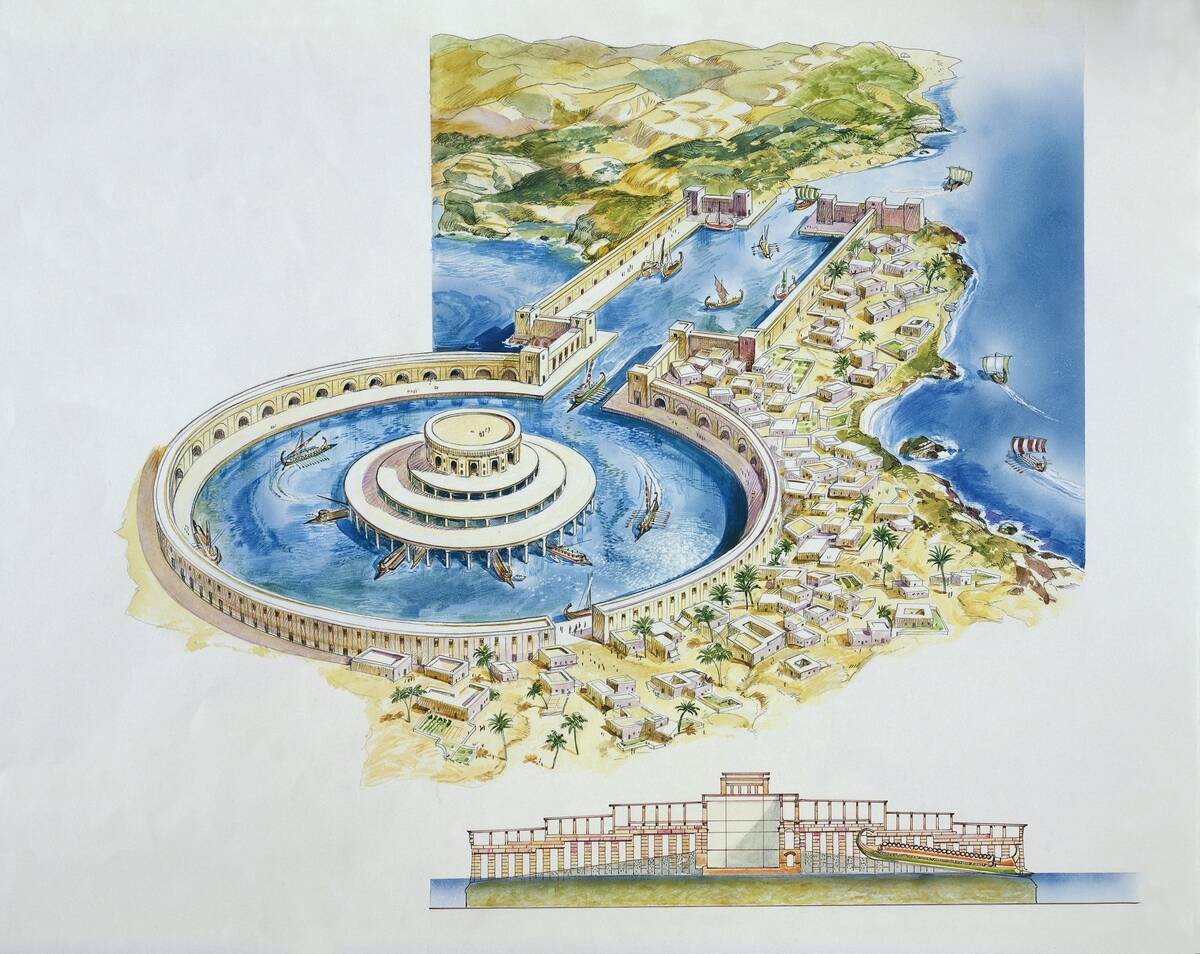
Carthage, a powerful rival of Rome, was famously destroyed in the Third Punic War in 146 BC. The Romans razed the city, ensuring its downfall after years of conflict.
Despite its destruction, Carthage is remembered for its architectural achievements and its influential role in the ancient world, exemplifying the enduring legacy of its once-mighty civilization.



